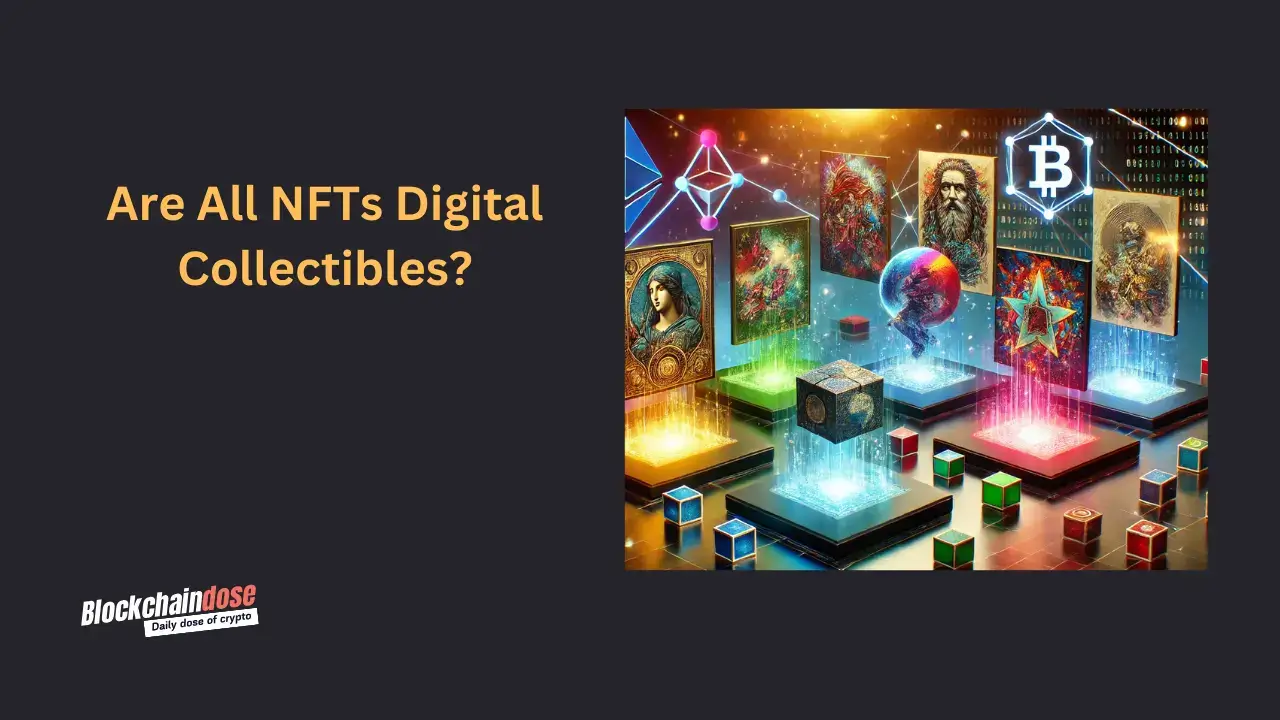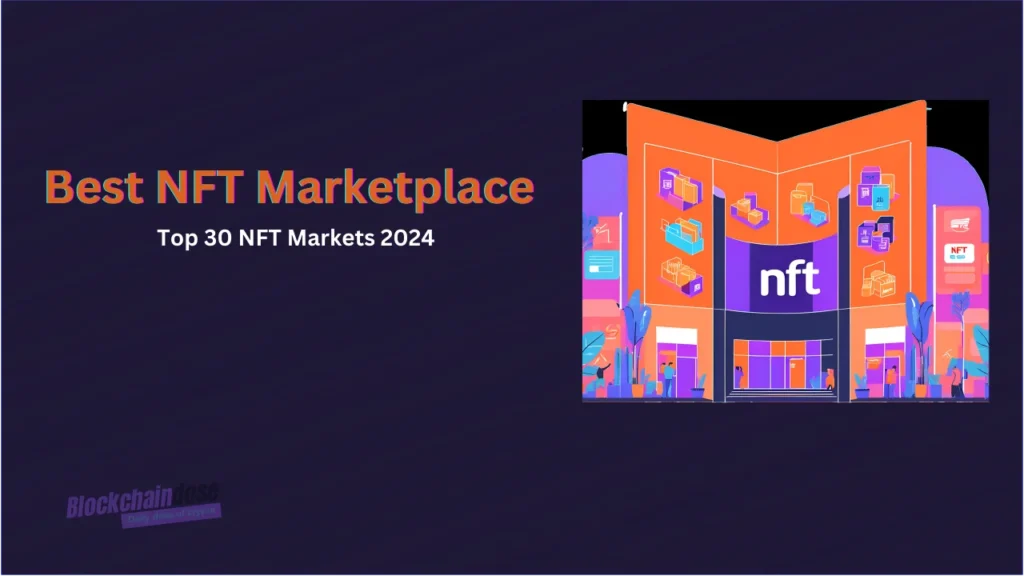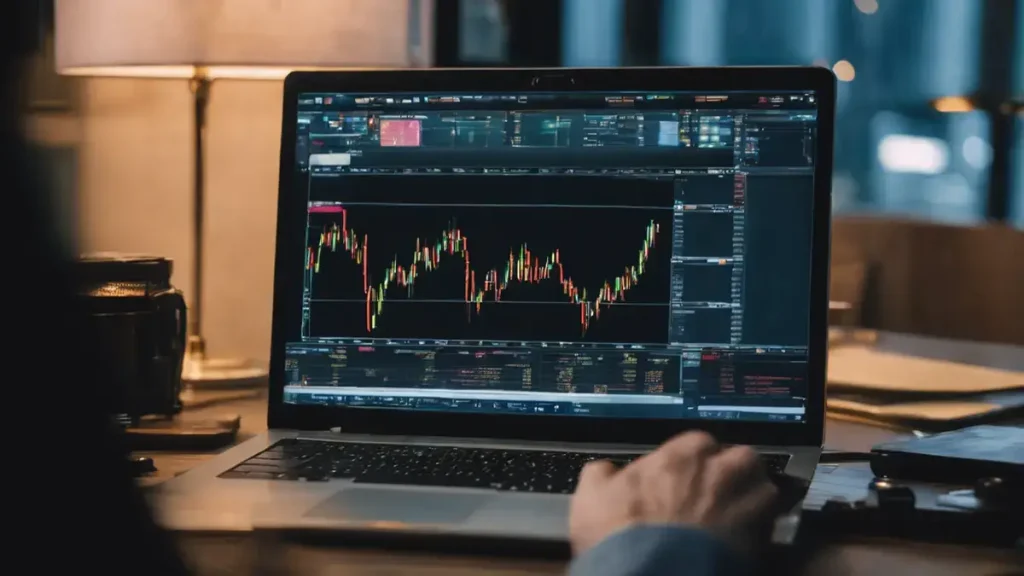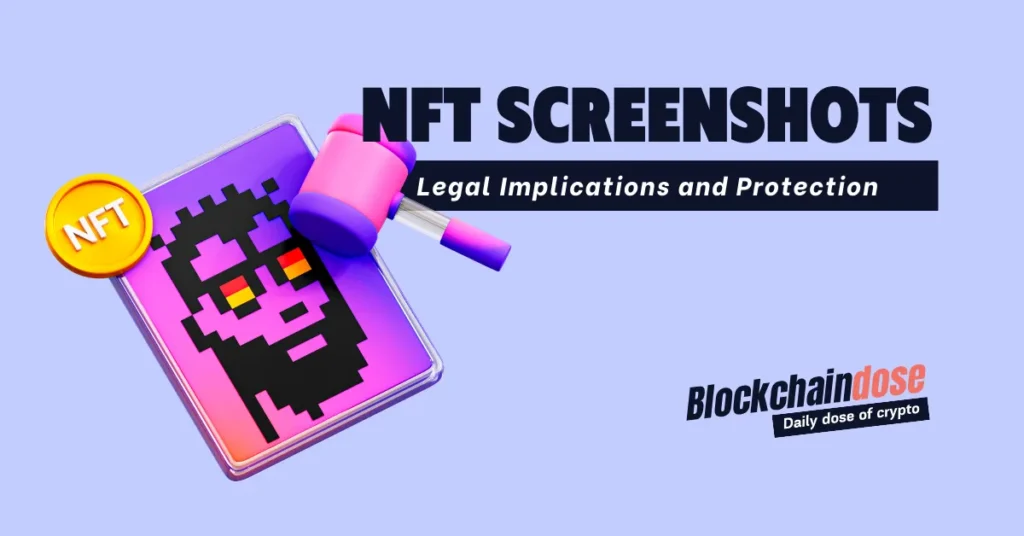Non-fungible tokens (NFTs) burst into the internet in the 2010s, hubbing immense promise. However, their true potential was realized in 2021, with millions in sales connected to such assets.
The ability of NFTs to act as digital collectibles with rubbing value was a primary reason behind their massive success since 2021. But are all NFTs simply digital collectibles? Or is there more to this revolution than meets the eye?
Not every NFT is a collectible—some serve entirely different functions, like representing digital identities or ticketing systems. This guide unpacks the concepts of NFTs and digital collectibles, exploring how they differ from other non-fungible tokens.
What Are Digital Collectibles?
Digital collectibles are virtual items holding value due to their uniqueness, scarcity, or cultural significance. These items can take many forms, including digital art, trading cards, and virtual goods used in online games or platforms.
Unlike physical collectibles, digital collectibles exist solely in the digital space and are often bought, sold, and traded on specialized online platforms. Examples include:
- Rare in-game items.
- Limited-edition artwork.
- Even digital representations of famous moments in sports or entertainment.
Evolution of Collectibles
There has been a major shift in the collectibles space, from physical items like sports cards and comic books to their digital counterparts. The evolution began especially with the rise of the internet and gaming and accelerated with the birth of blockchain technology.
As futuristic blockchain technology advances, the demand for digital collectibles increases. Blockchain-based collectibles are more provable in authenticity and rarity.
Digital art and gaming collectibles are gaining more popularity with platforms like Fortnite and Steam fueling its growth. Moreover, virtual collectibles are gaining trust as items of value, especially as the globe becomes more digitally connected.
Top Characteristics of Digital Collectibles
Digital collectibles share several key characteristics:
- Uniqueness: Many digital collectibles are one-of-a-kind or come in limited editions, increasing their value and appeal.
- Scarcity: Like physical collectibles, rarity plays a major role in driving the value of digital items. Limited supply makes them highly desirable.
- Ownership and Provenance: Digital collectibles are often backed by technology, such as blockchain, that can verify ownership and trace the item’s history.
- Cultural Significance: Certain digital items hold value because of their connection to a cultural moment, event, or trend, making them appealing to collectors.
Understanding NFT Collectibles
Nonfungible token (NFT) refers to a unique class of blockchain-based digital assets fashioned to represent ownership or proof of authenticity for a particular item. NFTs are completely different from other blockchain-based assets like Bitcoin and Ethereum in that they are not interchangeable.
With blockchain technology at its heart, NFT can enjoy public verifiability, making it nearly impossible to forge or duplicate the asset.
Within the NFT realm, a special type of asset holds value because of its uniqueness and desirability. The distinction between NFT collectibles and regular NFTs lies specifically in their focus on collectability rather than utility or financial applications.
Of course, NFT collectibles can range from digital art, music, and video clips to rare in-game items or virtual trading cards. Yet, NFT collectibles are prized for their artistic, cultural, or emotional value.
Types of NFT Collectibles:
- Digital Art: Artists can mint their works as NFTs, allowing them to sell limited editions or one-of-a-kind digital art pieces.
- Music: These NFTs can offer ownership of a specific track or grant special access to behind-the-scenes content.
- Video Clips: Famous sports moments or movie scenes can be turned into NFT collectibles. For instance, NBA Top Shot allows users to buy and trade iconic basketball moments as NFTs.
- Gaming Assets: Players can own, trade, and even sell rare in-game items as NFTs, making gaming a major frontier for collectible NFTs. Games like Axie Infinity have demonstrated how NFT-based assets can revolutionize player interaction.
The Appeal of NFT Collectibles
The big question is, what specifically appeals to investors to go for collectibles? Well, here are just a few attractive attributes of NFT collectibles:
Scarcity and Rarity
The primary factor driving the increasing interest in NFT collectibles is their scarcity and rarity. In the collectibles realm, rarity and scarcity are the primary drivers of value increases. Limited edition items like rare coins and signed artwork hold significant value because of their scarcity.
The case is the same for NFTs. Many NFT creators release their works in limited editions, ensuring that only a finite number of people can own them. Each non-fungible token enjoys uniqueness, with its ownership verifiable on-chain.
This exclusivity attracts collectors, who know that their digital item cannot be replicated or easily accessed by others, boosting its appeal and value over time.
Community and Ownership
NFT collectibles encourage a strong sense of community by allowing people to participate in shared ownership of popular collections. Collectors join dedicated communities and interact with like-minded individuals who share their passion for specific NFTs, artists, or projects. They can join Discord or attend virtual events by simply owning NFT collectibles.
For instance, owning a piece from a well-known NFT collection, such as Bored Ape Yacht Club or CryptoPunks, can give you exclusive access to events, forums, and opportunities, creating a sense of belonging and prestige among holders.
Interactivity and Utility in Gaming
NFT collectibles have an added layer of utility in gaming. Players can use, trade, or sell these digital assets within virtual environments. In many blockchain-based games, NFT collectibles act as in-game items—such as weapons, armor, or characters—that players can own and improve over time.
NFTs VS Digital Collectibles
| Parameter | NFTs (Non-Fungible Tokens) | Digital Collectibles |
| Definition | Blockchain-based digital assets representing unique ownership of items like art, music, or in-game assets. | Digitized items like trading cards or in-game assets, often stored on centralized platforms. |
| Ownership and Authenticity | Ownership is verifiable and transparent on a blockchain, ensuring true digital ownership. | Ownership is platform-dependent, and authenticity is managed by the platform, not by blockchain. |
| Interoperability | Can be used across multiple platforms if they support the same blockchain (e.g., Ethereum). | Limited to the platform where they were created or issued; often non-transferable between platforms. |
| Scarcity and Value | Scarcity is built into smart contracts and controlled by creators, which can drive up value. | Scarcity is controlled by the platform, and supply can be increased, impacting long-term value. |
| Tradability | Traded on decentralized marketplaces like OpenSea or Rarible, allowing more control and transparency. | Trading is usually restricted to the platform’s ecosystem, with limited options for external exchange. |
| Security | Highly secure due to blockchain’s immutability and transparency. Resistant to fraud or duplication. | Security is reliant on the platform. More vulnerable to hacks or platform policy changes. |
| Technology | Built on blockchain networks (e.g., Ethereum, Solana) using standards like ERC-721 or ERC-1155. | Typically does not use blockchain technology, relying instead on centralized servers and databases. |
| Ownership Risk | Blockchain ensures ownership even if platforms or creators shut down. | Risk of losing ownership if the platform hosting the digital collectible shuts down or changes policies. |
| Utility | Can offer additional utilities like access to events, royalties, or voting rights in decentralized platforms. | Usually limited to use within the issuing platform or game, without additional real-world benefits. |
Examples of Non-Collectible NFTs
So, what are the popular examples of NFTs which are not collectibles? Here are a few:
- Domain Names: Naming services in the blockchain space often use NFTs as the domain names. Ethereum Name Service (ENS) allows users to register .eth domain names as NFTs.
- NFT-based tickets: In the ticketing space, NFTs have been used to issue tickets for sports events, concerts, and conferences. These NFT tickets bring an immutable record of attendance with perks like access to VIP areas or exclusive content.
- NFT-based Digital Identity Cards: Some platforms are using NFTs to verify digital identity. These NFTs act as decentralized forms of identification, allowing users to access services or prove their identity without needing to rely on centralized authorities.
Challenges and Controversies of NFT Collectibles
Despite affording collectors simplicity, scarcity, and value, the adoption of NFT collectibles has suffered major hurdles since their birth. Among the controversies and challenges associated with these digital assets are environmental concerns, intellectual property issues, and market volatility and speculation.
Environmental concerns: NFTs have been on the negative end of environmentalists, with many claiming that the creation process has a huge carbon footprint. In fact, research by NFTClub.com suggests that adding a single NFT on-chain consumes around 83KG of CO2, while every secondary NFT sale consumes 81 KG of CO2. The study also notes that in its entire life, an NFT may demand around 3.52 trees.
As NFTs gained popularity, concern about their environmental footprint grew. However, more recently, major NFT chains, including Ethereum, transitioned to PoS.
Second is market volatility and speculation. The NFT market, like crypto, is prone to massive price fluctuations, with some collectors buying NFTs in the hopes of quickly selling them at a higher price. The speculative nature of the NFT market led to a “boom and bust” cycle in certain segments, where prices skyrocketed before crashing down.
New collectors fear volatility, as it carries massive risks and does not guarantee an increase in the asset’s value.
Finally, Intellectual Property Issues. In some instances, individuals have minted NFTs using artwork, music, or other media without the creator’s permission, infringing on copyright laws. Some of these NFTs are sold in various marketplaces, creating legal challenges for artists and rights holders.
The Future of NFT Digital Collectibles
Are All NFTs Digital Collectibles? The simplest answer is NO! Digital collectibles represent only a part of the NFT space.
But what does the future hold? When this report was written, NFTs were already popular with crypto-focused individuals. Yet, major brands and celebrities are beginning to embrace the technology.
The entry of major companies like Nike, Coca-Cola, and sports leagues into the NFT space signals that NFTs could become more mainstream. The future of NFTs depends primarily on increased innovation, easier onboarding, and the ability to solve users’ challenges.
Technological advancements, especially in the blockchain realm, will continue addressing major challenges facing NFTs, maybe including their environmental impacts. This will make NFTs collectibles far more usable.




